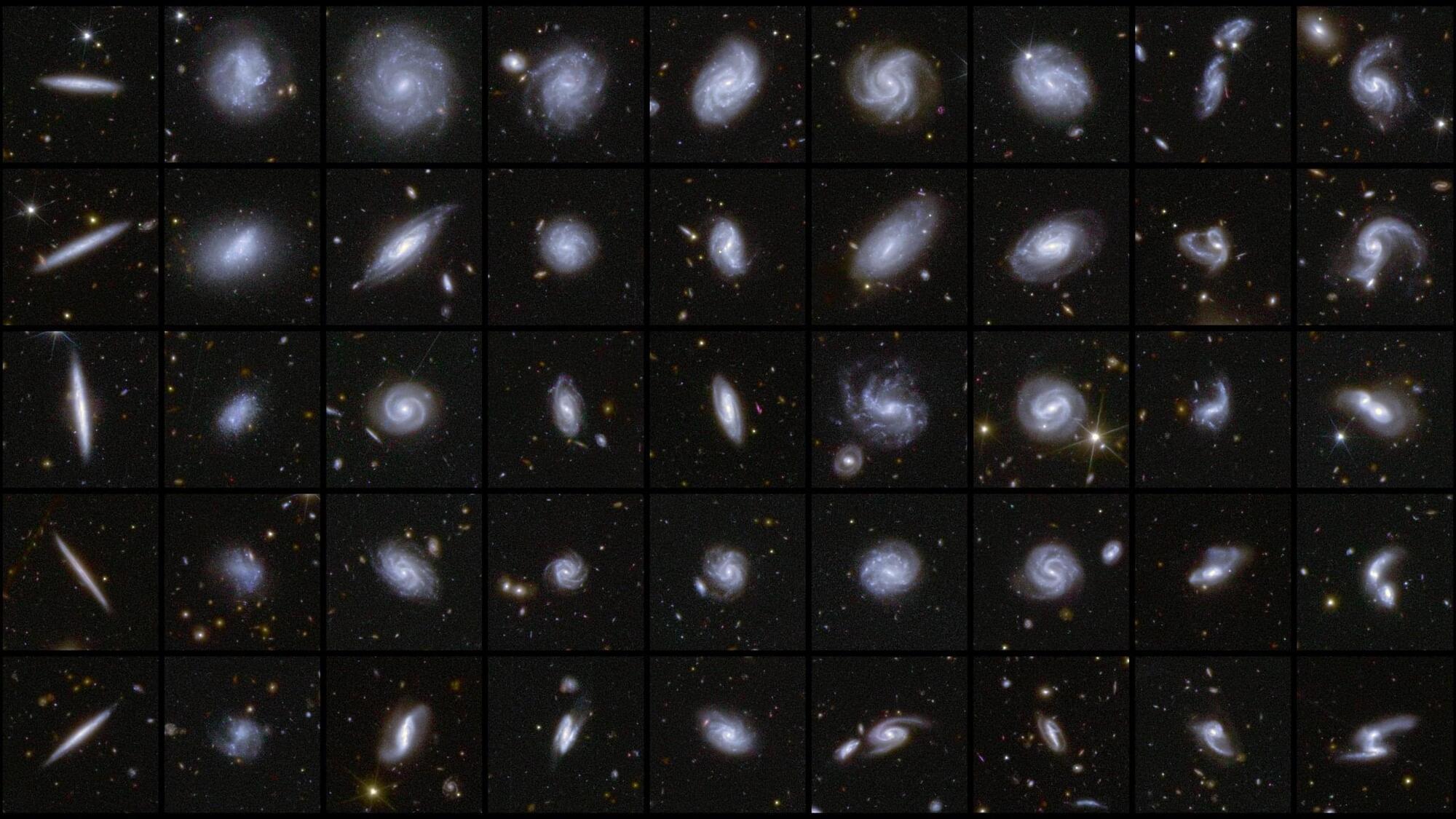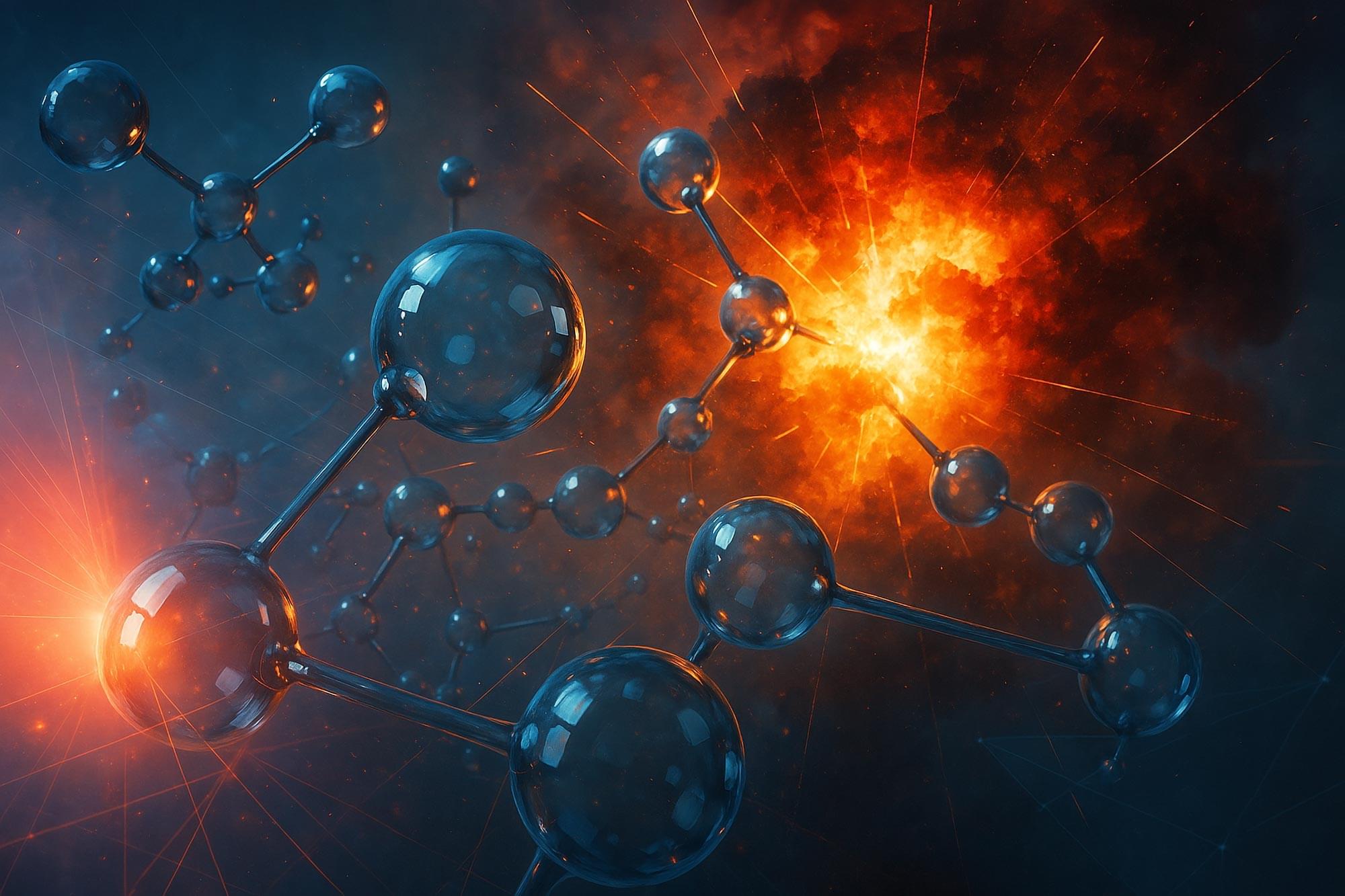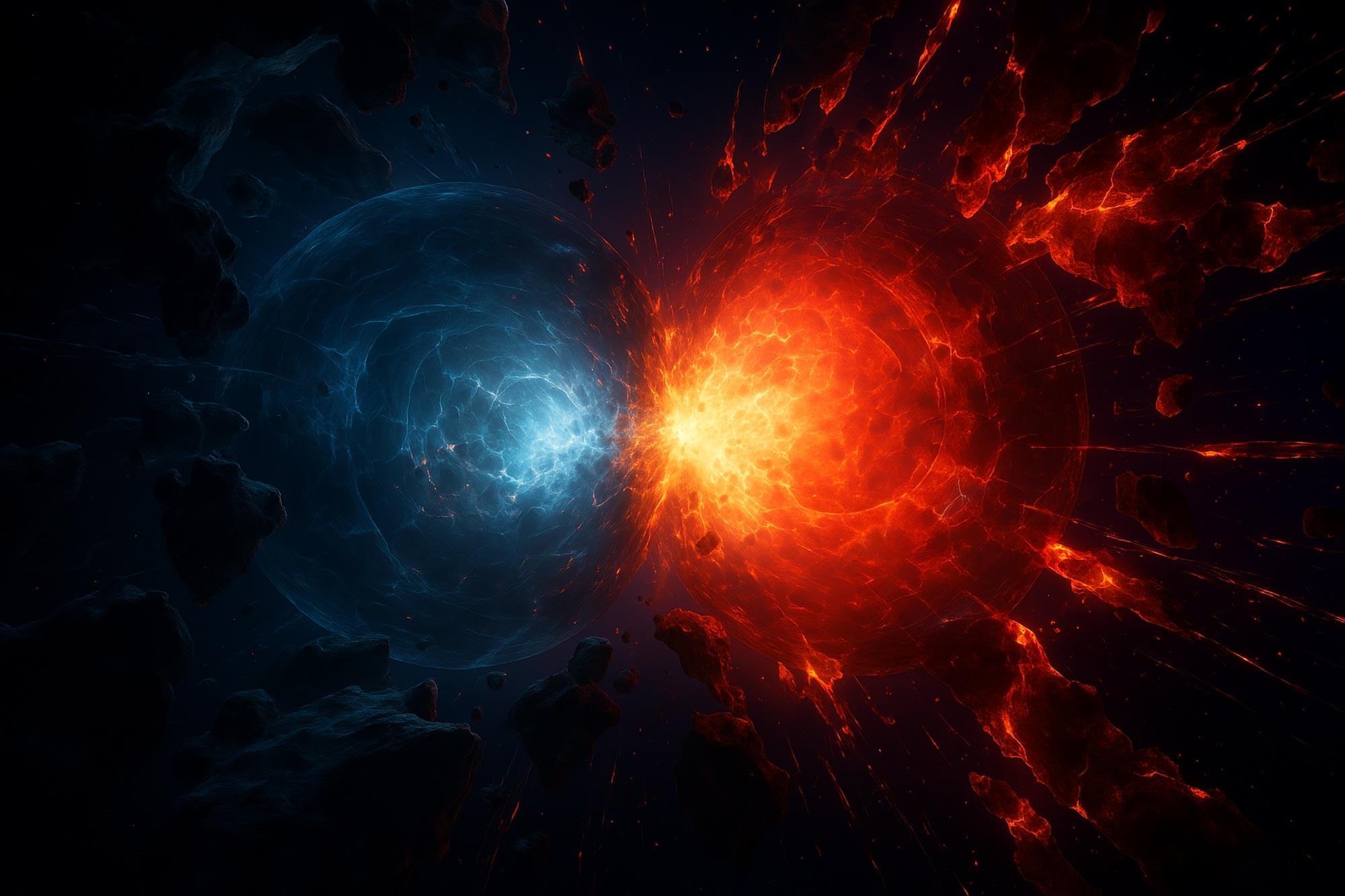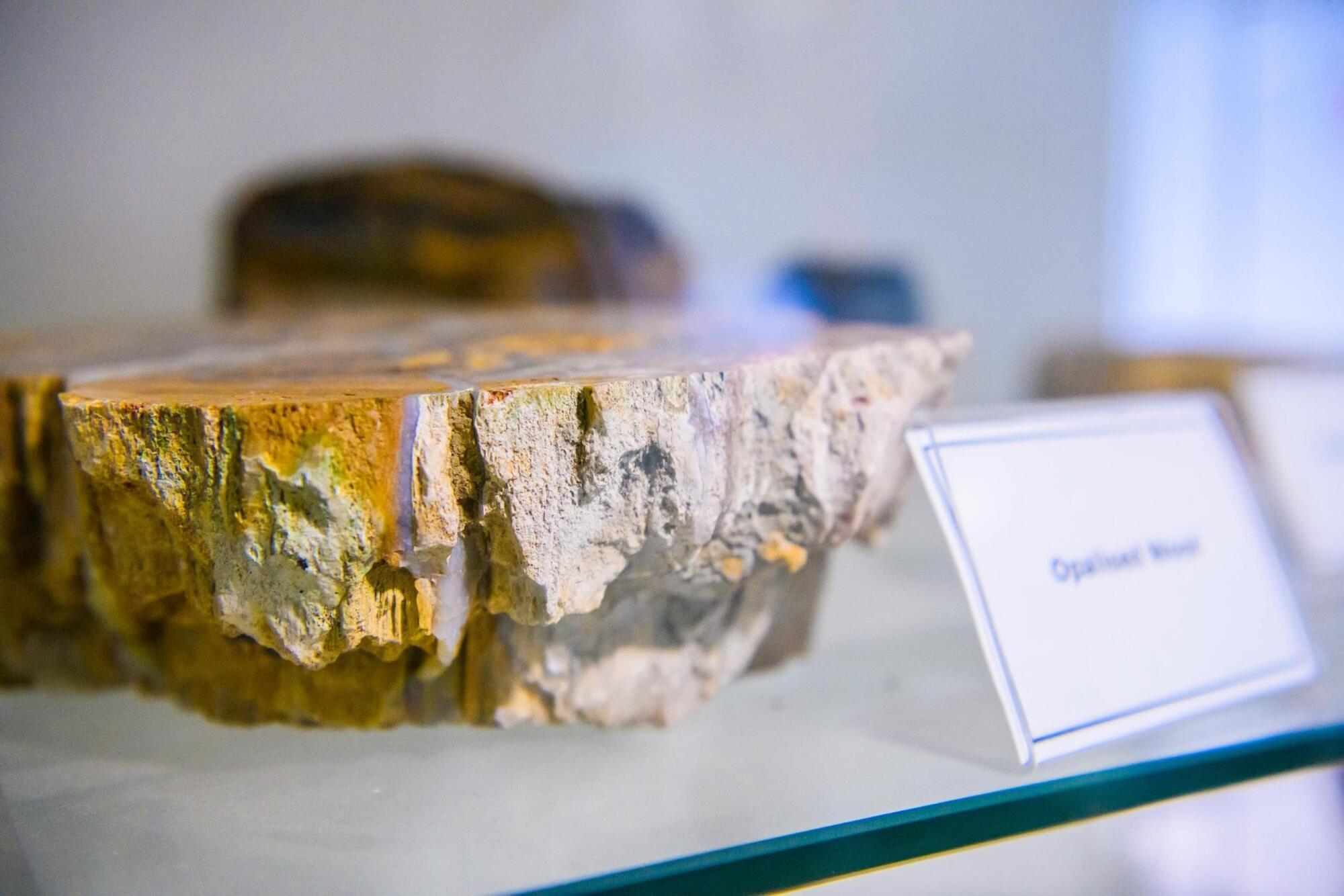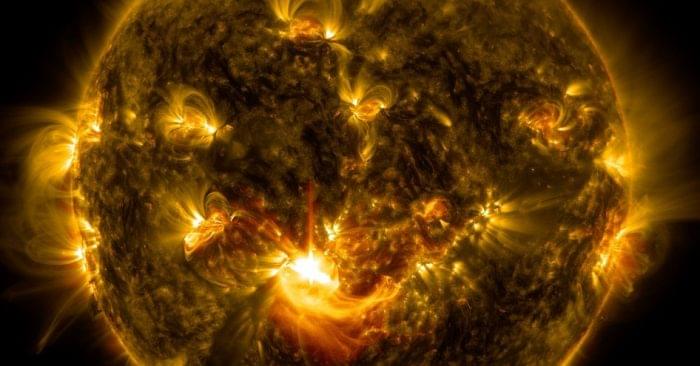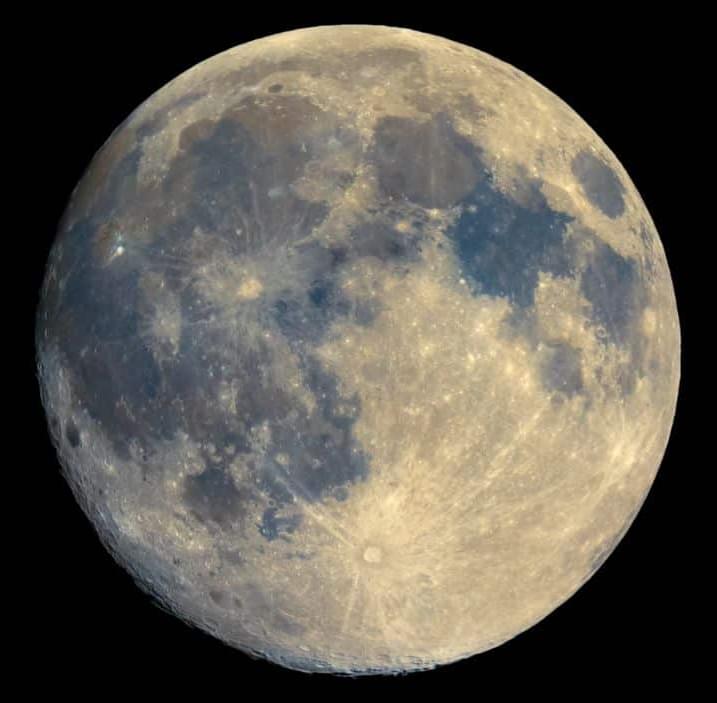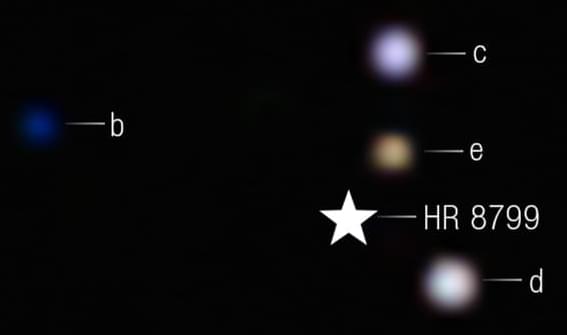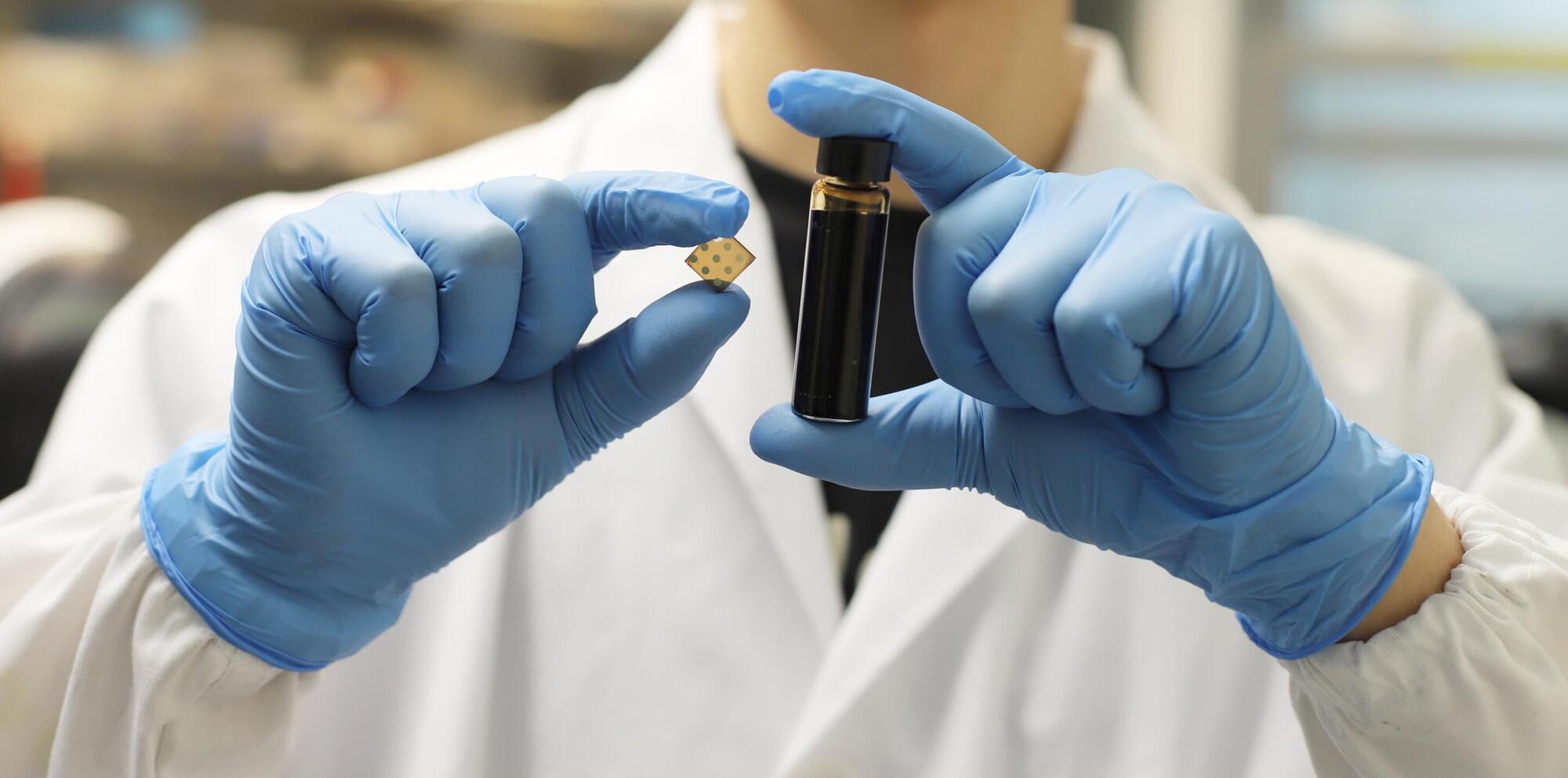When we gaze out into the cosmos beyond the borders of the Milky Way, we behold multitudes. Space is teeming with galaxies, speckled across the darkness like stars. If we stopped there, it would be easy to assume that the distribution of galaxies is more or less even throughout space-time.
But there’s some method to the madness: rather than wheeling freely about, galaxies tend to concentrate into clusters and clumps and filaments of the cosmic web, attracted by mutual gravity into matter highways, superhighways and nodes.
The inverse of that is voids – regions of significantly lower density, with relatively few galaxies.
